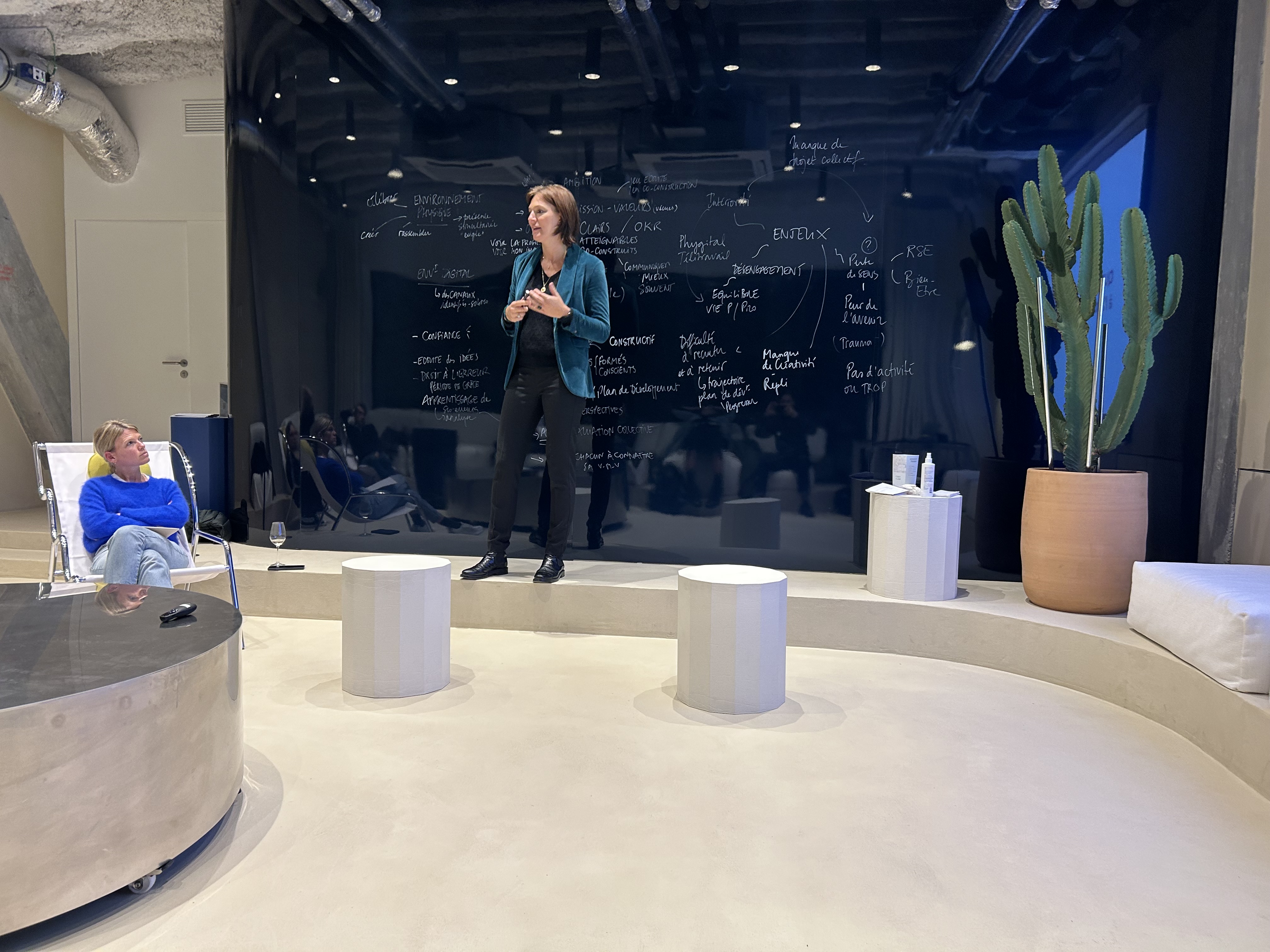
The context: how everything and nothing has changed since the COVID-19 pandemic
Since the onset of the COVID-19 pandemic, many businesses have had to make significant changes to their operations. One of the biggest changes has been the shift to remote work, with many employees now working from home. This has required companies to invest in new technology and tools to enable remote collaboration and communication. In addition, there has been a greater emphasis on flexibility and work-life balance, as employees juggle the demands of work with the challenges of the pandemic. Overall, the pandemic has accelerated the trend towards digital transformation and has highlighted the importance of adaptability and resilience in the face of uncertainty.
Why external factors of motivation doesn’t work
While external factors like bonuses, promotions, and rewards can certainly be motivating, they are not always effective in the long run. This is because they are extrinsic, meaning they come from outside of the individual. As a result, they can be unpredictable and may not always align with an individual's values and goals. For example, a bonus may be motivating in the short term, but if it doesn't align with an individual's long-term career goals, it may not have a lasting impact on their motivation. In contrast, intrinsic motivation comes from within the individual and is driven by factors like personal interest, enjoyment, and a sense of accomplishment. This type of motivation is more sustainable and can lead to greater engagement and productivity. Therefore, it's important to focus on fostering intrinsic motivation, rather than relying solely on external factors.
The 3 pillars of inner-motivation
Inner motivation is a powerful force that can drive us to achieve our goals and realize our potential. It comes from within us and is fueled by our values, interests, and passions. Deci and Ryan, two psychologists with more than 30 years of experience, identified three key pillars of inner motivation that can help us tap into this powerful source of energy and drive:
- Autonomy: Feeling in control of our own choices and actions can be incredibly motivating. When we have the freedom to make our own decisions and pursue our own interests, we are more likely to be engaged and motivated.
- Knowledge Development: The pursuit of mastery, or the desire to improve and excel at something, can be a powerful motivator. When we are working on something that challenges us and helps us to grow, we are more likely to be motivated and engaged.
- Belonging: Exchanging regularly with colleagues and nurturing social relationships at work can be a powerful motivator. It gives us a sense of belonging and helps us to stay focused on our goals. Also, the notion of equity is important. Each employee should feel that their work is considered in the same way as their colleagues.
By focusing on these three pillars of inner motivation, we can tap into the personal drive and motivation of each people in our team and achieve our goals and aspirations.
How to create a better working environment for your team?
Now that you know the 3 basic needs of motivation, yours and the one of your team members, what’s next? With Ludmilla and the workshop’s attendees, we discuss many ways to develop autonomy, knowledge development and a sense of belonging within a company. Here’s our top 3 tools to start using today:
1. The feedback culture
A feedback culture at work is one where employees are encouraged to give and receive regular feedback on their performance and contributions. This type of culture can be incredibly beneficial for businesses, as it helps to foster open communication, continuous learning, and personal growth. In a feedback culture, employees are not afraid to share their thoughts and ideas, and are comfortable receiving constructive criticism. This can lead to more collaboration, innovation, and improved performance. To create a feedback culture at work, it's important to establish clear guidelines and expectations, provide training on giving and receiving feedback, and make it a regular part of the work routine. By fostering a feedback culture, businesses can create a more positive and productive work environment for their employees.
Here are 3 questions you can ask to start receiving feedback from your team: What should I keep on doing? What should I stop doing? What should I start doing?
2. Meet to rise creativity and collective intelligence (at places like Sparks)
One of the biggest challenges of working from home is the lack of social interaction. In an office setting, it's easy to pop by a colleague's desk for a quick chat or to collaborate on a project. But when everyone is working remotely, these informal interactions are more difficult to come by. To combat this, try to create virtual spaces where team members can connect and socialize. This could be a weekly virtual coffee break or a dedicated chat room for water cooler talk.
Another way to keep your team motivated is to provide regular opportunities for learning and growth. By offering training and development programs, you can help your team members stay engaged and motivated, and position themselves for future success. Getting together is the best way to rise creativity and collective intelligence. Sparks’ meeting rooms and workshops are built so your team can enter a focus mode and feed their three basic needs: autonomy, mastery and belonging. Our "all in" offers ensure smooth and simple bookings. Pimp it up with our toolkits and for special inquiries, we will build it up according to your need. Get more information here.
Do you need help with your workshop or meeting? Ludmilla’s expertise is to facilitate meetings. Using collective intelligence tools, she will help you clarify the goal of your meeting and get there in a more efficient way! To know more, read her article: How to get efficient and creative team meetings?
3. Share your vision
Communication is also crucial for maintaining motivation in a remote work setting. With everyone working from different locations, it's important to stay in regular contact and ensure that everyone is on the same page. This means holding regular team meetings, either via video conferencing, over the phone or in places like Sparks, and sharing updates and progress on projects. It's also important to provide clear goals and expectations, so that everyone knows what they need to do to contribute to the team's success.
If you want to dig in deeper in this subject, we strongly advice you to attend Frederick Donck’s workshop on “How to win a pitch?” Frederick will give you the keys to communicate your vision clearly to your team.

